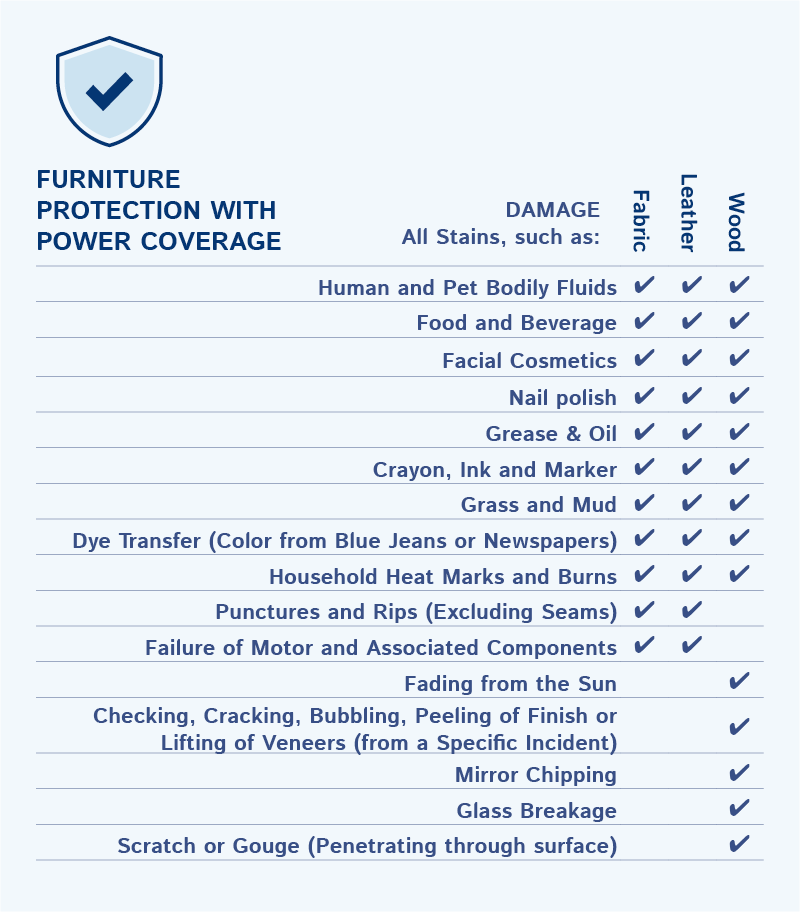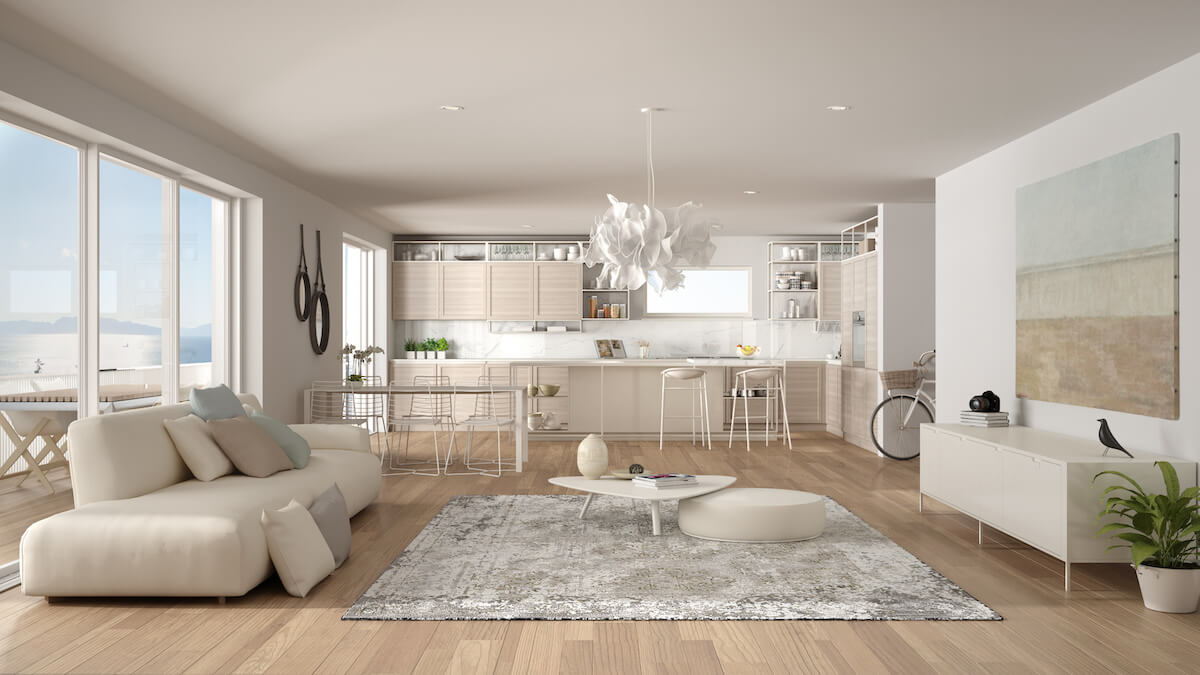All Categories
Featured
When it comes to making and equipping your home, picking the right style of furniture is one of the most essential decisions. Two prominent choices are typical and modern furnishings styles.
Typical Furnishings: Typical furniture, on the other hand, attracts inspiration from past historical periods, such as the 19th and 18th centuries. Standard furnishings tends to have an extra formal look, and its layout is rooted in background, commonly with complex patterns, classy contours, and antique finishes.
![]()
Standard Furniture: Typical furniture is recognized for making use of abundant, natural materials like solid wood, leather, and fabrics. Wood furniture items, commonly made from oak, cherry, mahogany, or walnut, are common in standard designs. The surfaces tend to be darker and extra sleek, with detailed woodwork and sophisticated detailing. Upholstery is frequently made from glamorous fabrics like brocade, silk, or velour, which contribute to the opulent feeling of traditional layouts. The materials in typical furniture are typically a lot more substantial and designed to last for generations.
![]()
Typical Furnishings: Traditional furnishings, by comparison, commonly includes richer, much deeper color tones. Tones of burgundy, forest environment-friendly, navy blue, and gold are frequently utilized to create a warm and inviting environment. Patterns such as floral prints, damask, and stripes are usual in conventional furnishings items, adding a component of beauty and beauty. The usage of richer shades helps bring depth and personality to the area, offering it a much more classic and classic allure.
![]()
Traditional Furniture: While traditional furnishings also values convenience, the emphasis is much more on developing a ageless and lavish appeal. The items are often built with sturdiness and workmanship in mind, indicating they tend to be heavier and extra considerable. Convenience is prioritized, especially in seating items such as sofas and chairs, however typical furniture does not always emphasize the versatility or capability that is common in modern items. The emphasis is more on aesthetic charm and the richness of products and style.
Traditional Furnishings: Traditional furniture is ideal matched for homes that welcome an extra traditional, official style. While it can be mixed with modern-day aspects, conventional furniture has a tendency to control the area and is usually the focal factor.
Conclusion. Ultimately, choosing in between contemporary and standard furniture comes down to your personal choices and the total ambiance you intend to develop in your home. Contemporary furnishings provides sleek, minimal styles and performance, while traditional furnishings brings ageless style, elaborate workmanship, and a cozy, inviting feeling. Whether you're drawn to the tidy lines of modern-day furniture or the traditional beauty of typical pieces, both styles use special advantages that can boost your home's aesthetic. The key is to stabilize your choices with the certain demands and space of your home to produce a harmonious, comfy living atmosphere.
- Layout and Visual. Contemporary Furniture: Contemporary furnishings is all regarding tidy lines, minimalist layouts, and a focus on functionality. Contemporary furnishings has a tendency to have an understated elegance, with much less focus on decoration.
Typical Furnishings: Typical furniture, on the other hand, attracts inspiration from past historical periods, such as the 19th and 18th centuries. Standard furnishings tends to have an extra formal look, and its layout is rooted in background, commonly with complex patterns, classy contours, and antique finishes.
- Products and Finishes. Contemporary Furniture: In contemporary style, products tend to be much more diverse and contemporary. Furnishings made from steel, glass, and plastics are generally utilized, often combined with wood to produce sleek and contemporary items.

Standard Furniture: Typical furniture is recognized for making use of abundant, natural materials like solid wood, leather, and fabrics. Wood furniture items, commonly made from oak, cherry, mahogany, or walnut, are common in standard designs. The surfaces tend to be darker and extra sleek, with detailed woodwork and sophisticated detailing. Upholstery is frequently made from glamorous fabrics like brocade, silk, or velour, which contribute to the opulent feeling of traditional layouts. The materials in typical furniture are typically a lot more substantial and designed to last for generations.
- Shade Palettes. Contemporary Furnishings: Contemporary furnishings accepts neutral shade plans, such as shades of gray, white, black, and beige. Bold accents and stands out of shade are often used to produce focal factors, either through toss cushions, artwork, or carpets.

Typical Furnishings: Traditional furnishings, by comparison, commonly includes richer, much deeper color tones. Tones of burgundy, forest environment-friendly, navy blue, and gold are frequently utilized to create a warm and inviting environment. Patterns such as floral prints, damask, and stripes are usual in conventional furnishings items, adding a component of beauty and beauty. The usage of richer shades helps bring depth and personality to the area, offering it a much more classic and classic allure.
- Capability and Convenience. Contemporary Furnishings: Functionality is a vital function of modern furnishings. It is made with contemporary living in mind, offering benefit and versatility. For circumstances, lots of contemporary pieces are modular, enabling you to readjust them to fit your demands. Contemporary furnishings usually includes integrated storage remedies, multi-functional pieces, and ergonomic styles, guaranteeing that both kind and function are balanced. The objective is to develop furniture that improves the convenience and efficiency of everyday life.

Traditional Furniture: While traditional furnishings also values convenience, the emphasis is much more on developing a ageless and lavish appeal. The items are often built with sturdiness and workmanship in mind, indicating they tend to be heavier and extra considerable. Convenience is prioritized, especially in seating items such as sofas and chairs, however typical furniture does not always emphasize the versatility or capability that is common in modern items. The emphasis is more on aesthetic charm and the richness of products and style.
- Design Combination. Contemporary Furniture: Contemporary furniture works well in modern-day homes, particularly those with open-plan layouts. Its clean, clean design is ideal for minimalist spaces or interiors that stress a more industrial, urban, or Scandinavian look. Contemporary items can also blend flawlessly with various other layout styles, such as mid-century modern-day, transitional, and even conventional, due to their versatile and ever-evolving nature.
Traditional Furnishings: Traditional furniture is ideal matched for homes that welcome an extra traditional, official style. While it can be mixed with modern-day aspects, conventional furniture has a tendency to control the area and is usually the focal factor.
Conclusion. Ultimately, choosing in between contemporary and standard furniture comes down to your personal choices and the total ambiance you intend to develop in your home. Contemporary furnishings provides sleek, minimal styles and performance, while traditional furnishings brings ageless style, elaborate workmanship, and a cozy, inviting feeling. Whether you're drawn to the tidy lines of modern-day furniture or the traditional beauty of typical pieces, both styles use special advantages that can boost your home's aesthetic. The key is to stabilize your choices with the certain demands and space of your home to produce a harmonious, comfy living atmosphere.
Latest Posts
Discover Reduce Expenses on Car Maintenance with Montclare Auto Repair’s Exclusive Deals
Published en
1 min read
Explore Montclare Auto Repair’s Premier Auto Repairs and Why Drivers Rely On Them
Published en
1 min read
Full Circle Strategic Marketing's Comprehensive Approach to Market Solutions
Published en
1 min read
More
Latest Posts
Discover Reduce Expenses on Car Maintenance with Montclare Auto Repair’s Exclusive Deals
Published May 29, 25
1 min read
Explore Montclare Auto Repair’s Premier Auto Repairs and Why Drivers Rely On Them
Published May 22, 25
1 min read
Full Circle Strategic Marketing's Comprehensive Approach to Market Solutions
Published May 20, 25
1 min read